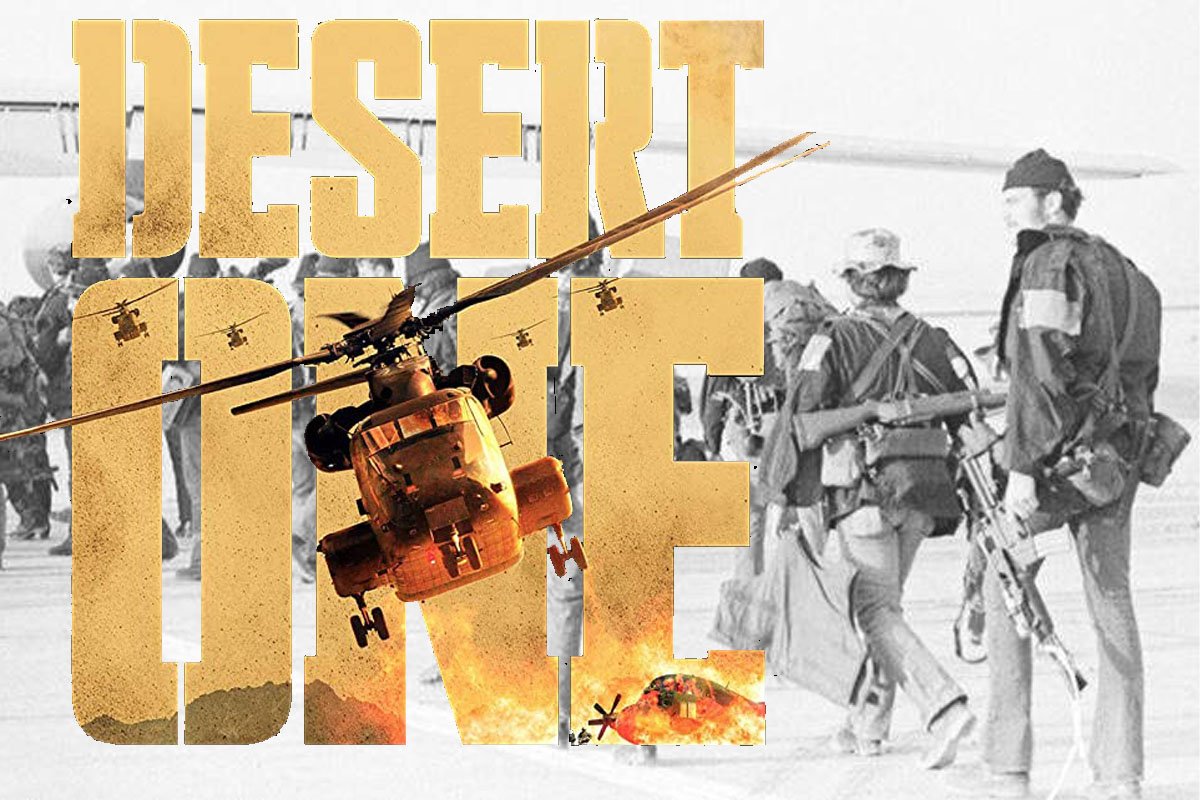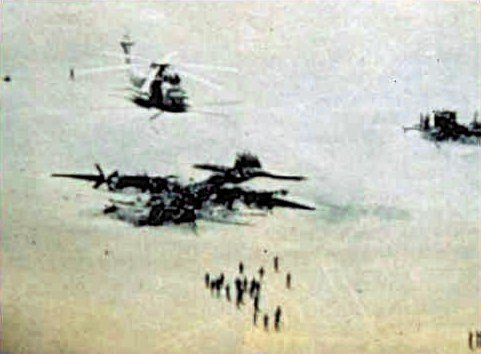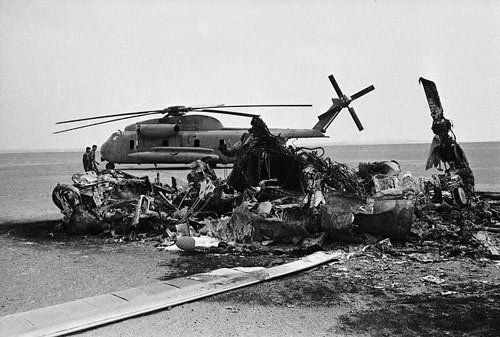‘Desert One’ Documentary Explores Iran Hostage Crisis, Operation Eagle Claw

There are events in history that have been shrouded by headlines and buzzwords. We hear the same phrases so often that we forget to unpack and dig into them — the War of 1812, women’s suffrage, the Red Scare. We know of these moments in history, but they are infrequently walked through step by step.
The Iran hostage crisis and the ensuing Operation Eagle Claw is one such event. Images of throngs of Iranians in the streets and climbing the gates, helicopters on aircraft carriers, and Americans with their hands on their heads may come to mind — but how many today know the context of the Iran hostage crisis? How many know of Operation Eagle Claw and the horrific crash that ended the mission? How many know what political ocean surrounded the event, on both the American and Iranian sides?
In her latest documentary, “Desert One,” Oscar-winning documentarian Barbara Kopple walks us through the operation and its context from all angles: the men in the helicopters, the Iranians in the street, even the president in the Oval Office. For all its complexities and nuance, Kopple packages the situation into a 107-minute film that can be understood by anyone.
“I feel a documentary is a much better way to tell the story,” retired Sergeant Major Mike R. Vining, a Delta Force operator who was on Operation Eagle Claw, said in an email to Coffee or Die. “[Hollywood] Directors and movie people for the most part always want to make something more of the story, when the true story is all that is needed.”

Operation Eagle Claw was an important event in American and Iranian history. The entire situation was inching toward an all-out war; it was also one of the pivotal events in Iran’s revolution, which completely transformed the country. Then-President Jimmy Carter attributed his failure in rescuing the hostages with his loss in the 1980 presidential election.
“The ‘Desert One’ documentary that was recently released was better than I expected. I actually learned a few things,” Vining said. “I did not know that the 44 Iranian bus passengers were related and were going to a family event. I helped pull security on them.”

The mission was also a significant moment in military history, particularly in the special operations community. Eagle Claw was also one of Delta Force’s first missions as a fully fledged unit. It was this mission and tragic crash that prompted the development of 160th Special Operations Aviation Regiment (SOAR), the elite pilots who dominate the air. These are the pilots flying Delta Force, Special Forces, Rangers, Navy SEALs, MARSOC, and other specialty groups into the most dangerous places in the world today.
“Out of Operation EAGLE CLAW came the Joint Special Operations Command, which was needed to unify all the various units required to do a special operation mission,” Vining said, reinforcing the importance of the mission. “Out of Operation URGENT FURY (Grenada) came US Special Operations Command. These are all lessons learned for growth.”
These changes are apparent now — most people know of the 160th SOAR, and they know about the state of affairs in Iran to some degree. However, understanding the context through which those things came to be is just as important as knowing them in the first place. “Desert One” strives to bridge that gap, to shine a light and untangle a bit of the mess of history.
“Desert One” is now in theaters and available to stream on their website, Amazon, and Fandango.

Luke is the author of two war poetry books, The Gun and the Scythe and A Moment of Violence, and a post-apocalyptic novel, The First Marauder. He grew up in Pakistan and Thailand as the son of aid workers. Later, he served as an Army Ranger and deployed to Afghanistan on four combat deployments. Now he owns and operates Four Hawk Media, a social media-focused marketing company.
BRCC and Bad Moon Print Press team up for an exclusive, limited-edition T-shirt design!
BRCC partners with Team Room Design for an exclusive T-shirt release!
Thirty Seconds Out has partnered with BRCC for an exclusive shirt design invoking the God of Winter.
Lucas O'Hara of Grizzly Forge has teamed up with BRCC for a badass, exclusive Shirt Club T-shirt design featuring his most popular knife and tiomahawk.
Coffee or Die sits down with one of the graphic designers behind Black Rifle Coffee's signature look and vibe.
Biden will award the Medal of Honor to a Vietnam War Army helicopter pilot who risked his life to save a reconnaissance team from almost certain death.
Ever wonder how much Jack Mandaville would f*ck sh*t up if he went back in time? The American Revolution didn't even see him coming.
A nearly 200-year-old West Point time capsule that at first appeared to yield little more than dust contains hidden treasure, the US Military Academy said.












